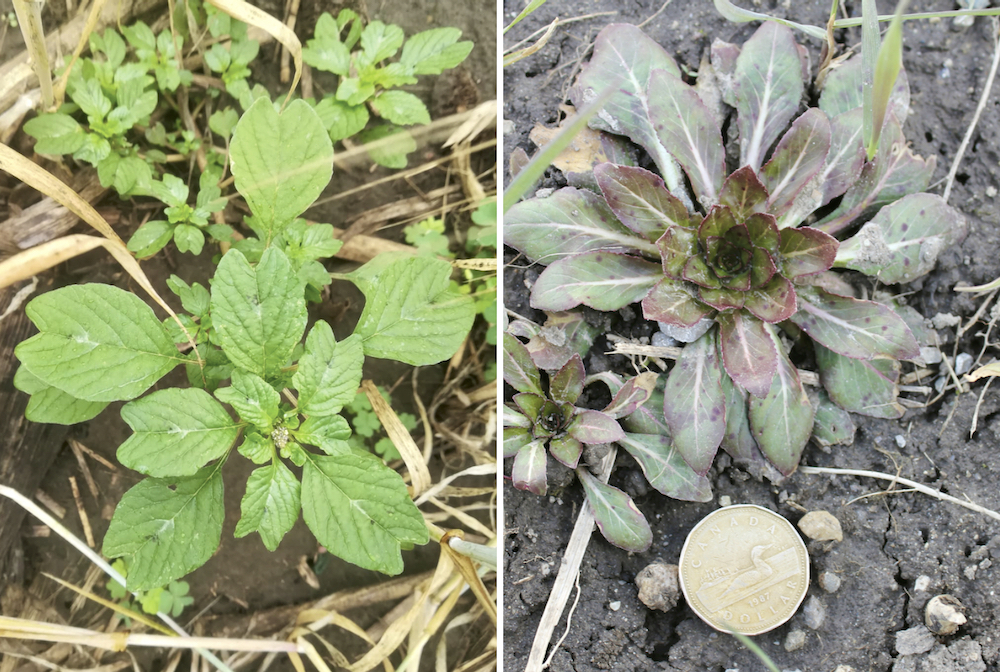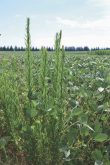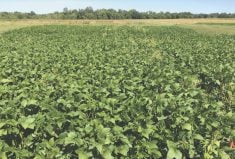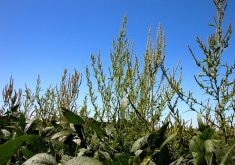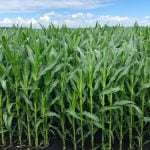This is the second of a three-part series that highlights “odd” weeds that have been found in Ontario field crops this past year.
Livid amaranth (Amaranthus Blitum)
This pigweed species will catch the eye of scouts and agronomists with its distinctive cleft at the tip of the leaf blades. It also tends to have a prostrate growth pattern as opposed to the upright growth pattern of the more common green and redroot pigweed. Historically it was cultivated as a leafy vegetable crop with nutritive values comparable to spinach. In modern times, like most Amaranthus species, it is considered a weed of field and horticultural crops.
Read Also

Could crop sharing be a viable option for your farm?
Crop sharing could be a good option for young and beginning farmers.
Management: Methods that control green or redroot pigweed will be equally effective on livid pigweed. Globally, populations exist that are resistant to atrazine and Pursuit, as is the case in Ontario with green and redroot pigweed.
Is this worth worrying about? No more than you would worry about other monoecious annual pigweed species, such as green and redroot pigweed. Livid pigweed is not on the same level as the often feared waterhemp and Palmer amaranth. Those are dioecious pigweed species that cross pollinate, can quickly adapt to their environment and are resistant to multiple herbicide groups. By comparison, livid pigweed is easy to manage.

Yellow evening primrose (Oenothera Biennis)
A biennial or short-lived perennial that is relatively tolerant to glyphosate, particularly as plants bolt from the rosette stage and grow larger. They are more commonly found in reduced-tilled cropping systems since fall plowing is very effective at uprooting any seedlings and basal rosettes. Historically this has been a valued edible and medicinal plant.
Management: Very little information exists on herbicide effectiveness. In reduced-tillage environments, controlling established rosettes is easier done in the fall than in the spring. Regardless, since glyphosate alone provides mediocre control, the addition of herbicides like 2,4-D and saflufencil has been shown to improve control of other closely related species such as cutleaf evening primrose (Oenothera laciniata). Presumably yellow evening primrose would have similar sensitivity to those herbicides, although it is not known.
Is this worth worrying about? Generally, it is rare to see this weed at high population densities, but when it does it can be a problem (Figure 5 below). Prioritizing fall management of this species is key. If rosettes are found in the spring, control must occur prior to planting as the options to deal with bolted plants after crop emergence are few, and less effective since the plants will get large quickly and become more tolerant to herbicides.

Have a question you want answered? Hashtag #PestPatrol on Twitter to @cowbrough or email Mike at [email protected].

